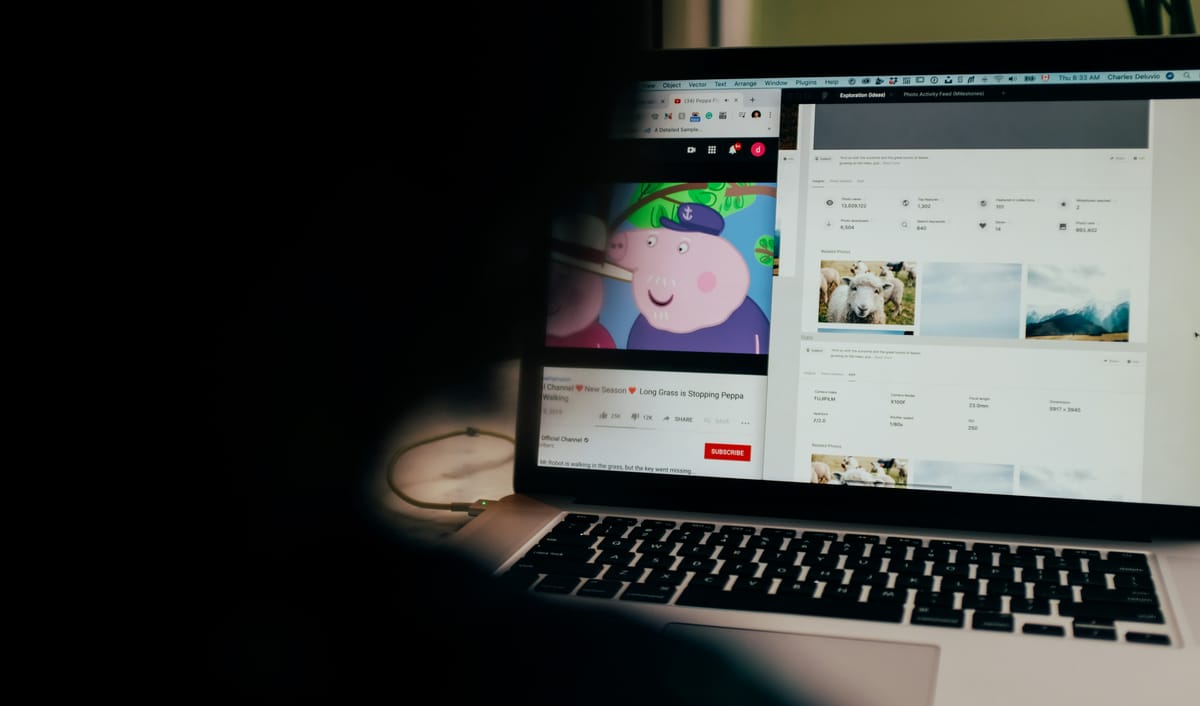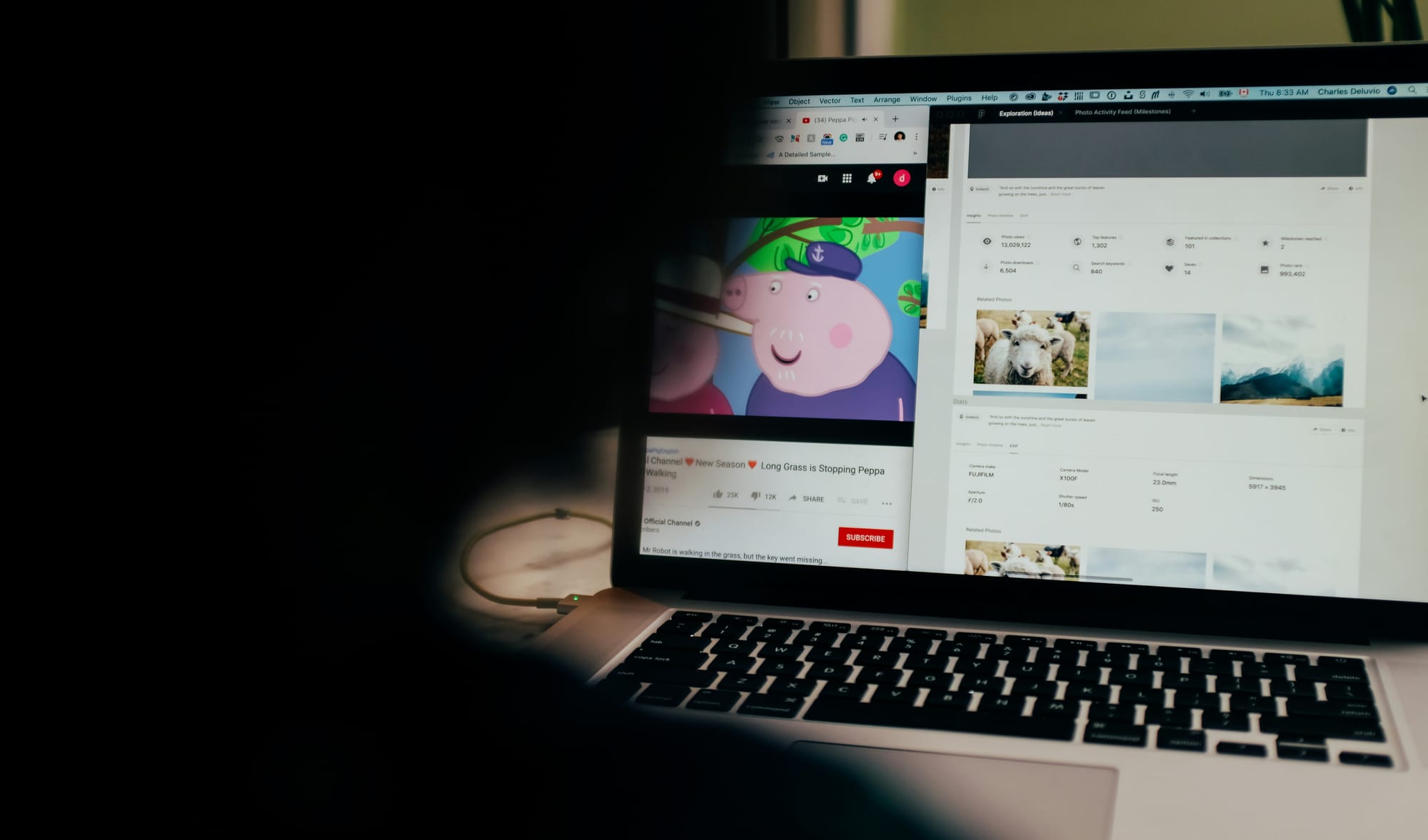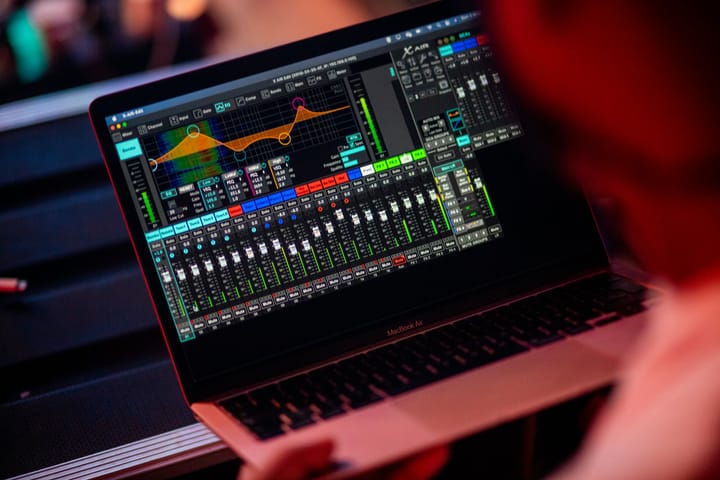Maximizing Reach with YouTube Tag Tactics
If you're looking to maximize your reach and engagement on YouTube, then understanding the importance of YouTube tags is crucial.


Key Takeaways
- Use relevant, specific, and long-tail keywords in your YouTube tags to maximize reach and attract your target audience.
- Utilize a mix of broad and specific tags to increase visibility and reach on YouTube.
- Regularly research and update your YouTube tags to stay current and optimize your videos for search and discovery.
Introduction
If you're looking to maximize your reach and engagement on YouTube, understanding the importance of YouTube tags is crucial. In this article, we will delve into what YouTube tags are, why they are important, and how you can use them effectively to boost your video's visibility. We will also explore the different types of YouTube tags, how to choose the best tags for your video, and common mistakes to avoid. Stay tuned to unlock the potential of YouTube tags and take your channel to the next level!
What Are YouTube Tags?
YouTube tags are descriptive keywords or phrases that creators add to their videos to help the platform's algorithm understand the content and context of the video. These tags play a crucial role in video optimization, as they assist in categorizing the content and making it more discoverable to viewers. By incorporating relevant tags that reflect the essence of the video, creators enhance the chances of their content being recommended to the right audience.
Why Are YouTube Tags Important?
YouTube tags play a crucial role in increasing a video's visibility, attracting the target audience, and improving overall search engine rankings. By strategically selecting relevant and targeted tags, content creators can ensure that their videos reach a wider audience actively searching for content in that niche. These tags act as the bridge between the video and the audience, allowing for better discoverability.
How to Use YouTube Tags Effectively
To use YouTube tags effectively, creators should focus on selecting relevant keywords that accurately reflect the video content and resonate with their target audience. Here are some strategies:
- Use Relevant Keywords: Ensure that the keywords chosen are directly related to the video content, audience interests, and industry trends.
- Use Specific and Long-Tail Keywords: Incorporate specific and long-tail keywords in YouTube tags to target niche audiences and improve search relevance.
- Use Tags from Similar and Successful Videos: Analyze tags from successful videos to gain insights into effective keyword choices and audience preferences.
- Use a Mix of Broad and Specific Tags: Combining broad tags for general visibility with specific tags for targeted reach enhances performance across different search queries.
Types of YouTube Tags
YouTube tags come in various types, including title tags, description tags, channel tags, and hashtag tags. Each serves a specific purpose in video optimization.
- Title Tags: Crucial for click-through rate and search visibility; include primary keywords.
- Description Tags: Provide additional context and keywords, influencing search ranking and user understanding.
- Channel Tags: Define the channel's content, aiding in discovery and audience targeting.
- Hashtag Tags: Connect the video to broader conversations and trends, enhancing discoverability.
How to Choose the Best Tags for Your Video
Selecting the best tags involves researching relevant keywords, analyzing competitor tags, and utilizing tools for tag generation and optimization.
- Research Relevant Keywords: Identify terms and phrases that align with video content, audience preferences, and search intent.
- Analyze Your Competitors' Tags: Gain insights into successful keyword strategies by examining competitors' tags.
- Use Tools to Generate Tags: Utilize tools like YouTube's tag suggestions, Tubebuddy, and VidIQ for keyword research and optimization.
Mistakes to Avoid When Using YouTube Tags
Common mistakes include:
- Using Irrelevant or Misleading Tags: This can misinform the algorithm and lead to poor audience retention.
- Stuffing Too Many Tags: Focus on quality over quantity to avoid dilution of keyword relevance.
- Not Updating Tags Regularly: Regularly update tags to reflect changes in trends and audience interests.
Oh, and don't miss out on this insightful video about Youtube Tags!
Conclusion
Mastering the art of YouTube tags is essential for creators to enhance their video visibility, audience engagement, and overall success on the platform. Tags play a crucial role in discoverability, and strategic use can significantly impact your channel's growth.
Frequently Asked Questions
- What are YouTube tag tactics and how do they help maximize reach? YouTube tag tactics categorize and label your videos, increasing their discoverability.
- How can I choose the most effective tags for my YouTube videos? Research and understand your target audience, use tools like Google Trends, and analyze competitors' tags.
- Is it beneficial to use a large number of tags for my YouTube videos? Focus on a specific set of relevant tags rather than a large number of tags to improve visibility.
- Can I change or update my YouTube tags after publishing a video? Yes, you can update tags at any time to optimize visibility.
- How important are tags in relation to other factors in maximizing reach on YouTube? Tags are important, but other factors like title, description, and thumbnail also significantly impact reach.
- Can I use hashtags as tags on YouTube? Yes, hashtags can help your videos appear in relevant search results and increase visibility.
To dive deeper into effective strategies for maximizing your youtube reach, explore our articles on Mastering Video Marketing: Essential Strategies for Agencies to Succeed and other YouTube related content about Collaborating for Success: A YouTuber's Guide to Brand Partnerships and Affiliate Marketing.
Also, don't forget to check out Vimerse. Vimerse is a video editing agency for content creators and marketing agencies. We offer fast video editing at a price you'll love. We edit videos for YouTubers & Tiktokers with 10M+ subscribers. Get the best video editing services and grow your channel.


